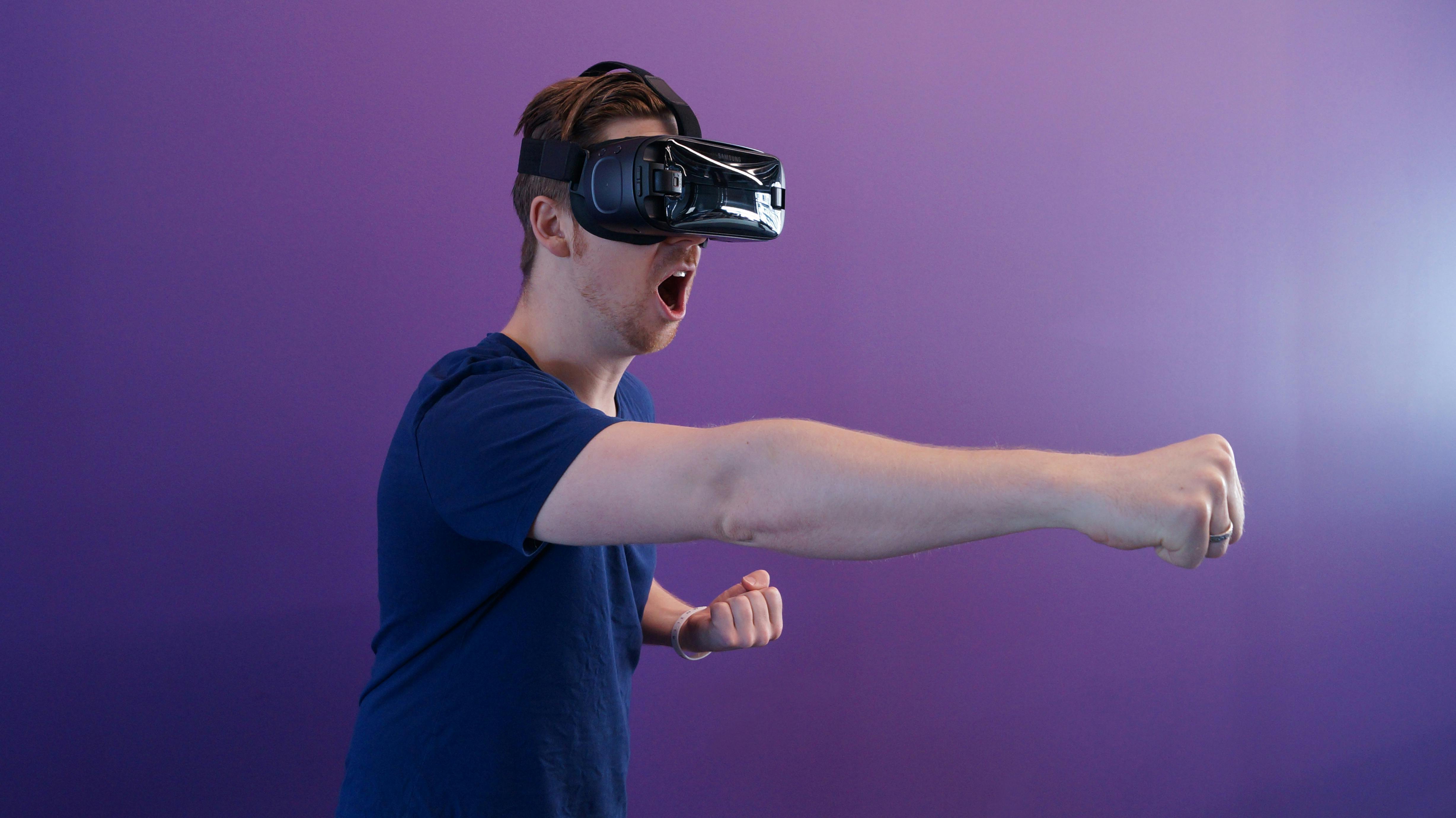A New Dawn: The Emergence of Virtual Reality in Gaming
Virtual Reality (VR) in gaming is no longer a futuristic concept; it's the present. However, it took an extensive journey to get here. The idea of VR originated in the mid-1950s when Morton Heilig, a cinematographer, developed a prototype called the "Sensorama." This machine was designed to stimulate all senses, drawing the user into a virtual world. However, it wasn't until 1968 that the first head-mounted display, the Sword of Damocles, was created by Ivan Sutherland and Bob Sproull.

The 1990s saw the birth of VR arcade games and home consoles, but the technology was still in its infancy, plagued by poor graphics and high prices. The dream of fully immersive VR gaming seemed distant until recently.
Today’s Virtual Reality: A Game Changer
Fast forward to the modern era, and VR gaming has become a reality. Oculus Rift, HTC Vive, and PlayStation VR are leading the charge, offering fully immersive gaming experiences that were once the stuff of science fiction. Revolutionary games like Half-Life: Alyx and Beat Saber are not just games; they’re experiences that transport players to a different realm.
The technology is also becoming more accessible. Oculus Quest 2, for instance, offers a high-end VR experience without the need for an expensive gaming PC. This democratization of VR technology is a significant step towards mainstream adoption.
The Cultural Impact and Player Reception
The cultural impact of VR gaming cannot be overstated. It’s not just changing how we game; it’s changing how we interact with digital spaces. For instance, platforms like VRChat allow users to socialize in a virtual environment, creating a sense of presence that’s impossible to achieve on a flat screen.
Player reception has been overwhelmingly positive, with VR gaming growing at an exponential rate. According to a report by Grand View Research, the global VR in gaming market size is expected to reach USD 92.31 billion by 2027, growing at a compound annual growth rate (CAGR) of 30.2% from 2020 to 2027.
Virtual Reality: A Deep Dive into Immersion
While VR gaming is indeed a revolution, it’s also a return to gaming’s roots. Games are about immersion, about losing oneself in another world. VR takes this to a whole new level, allowing players to physically interact with the game world in a way that no other technology can.
However, there are challenges to overcome. Motion sickness is a common issue, and the technology requires a lot of space and hardware. But as technology progresses, these issues are being addressed, bringing us closer to the dream of perfect immersion.
The Future of Virtual Reality in Gaming
The future of VR gaming is promising, with advancements in technology and design set to push the boundaries even further. Companies like Facebook are investing heavily in VR, aiming to build an entire “metaverse” of interconnected virtual worlds.
Meanwhile, games continue to push the envelope, with upcoming titles like Lone Echo II and After the Fall set to offer deeper, more complex VR experiences.
The journey of VR in gaming has been a long one, filled with ups and downs. But as the technology continues to mature and become more accessible, one thing is clear: VR gaming is here to stay, and it’s changing the game as we know it.




